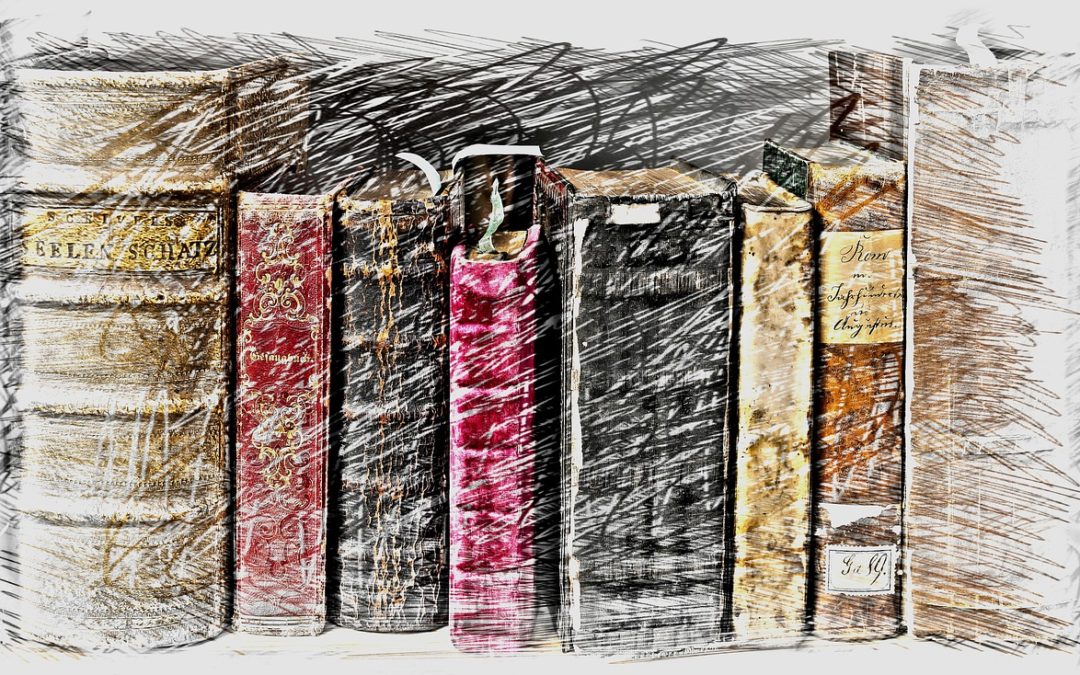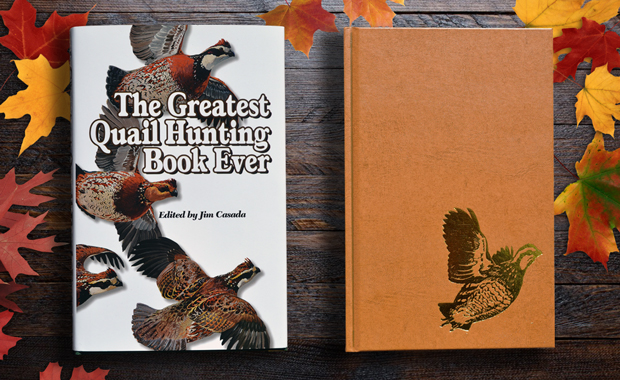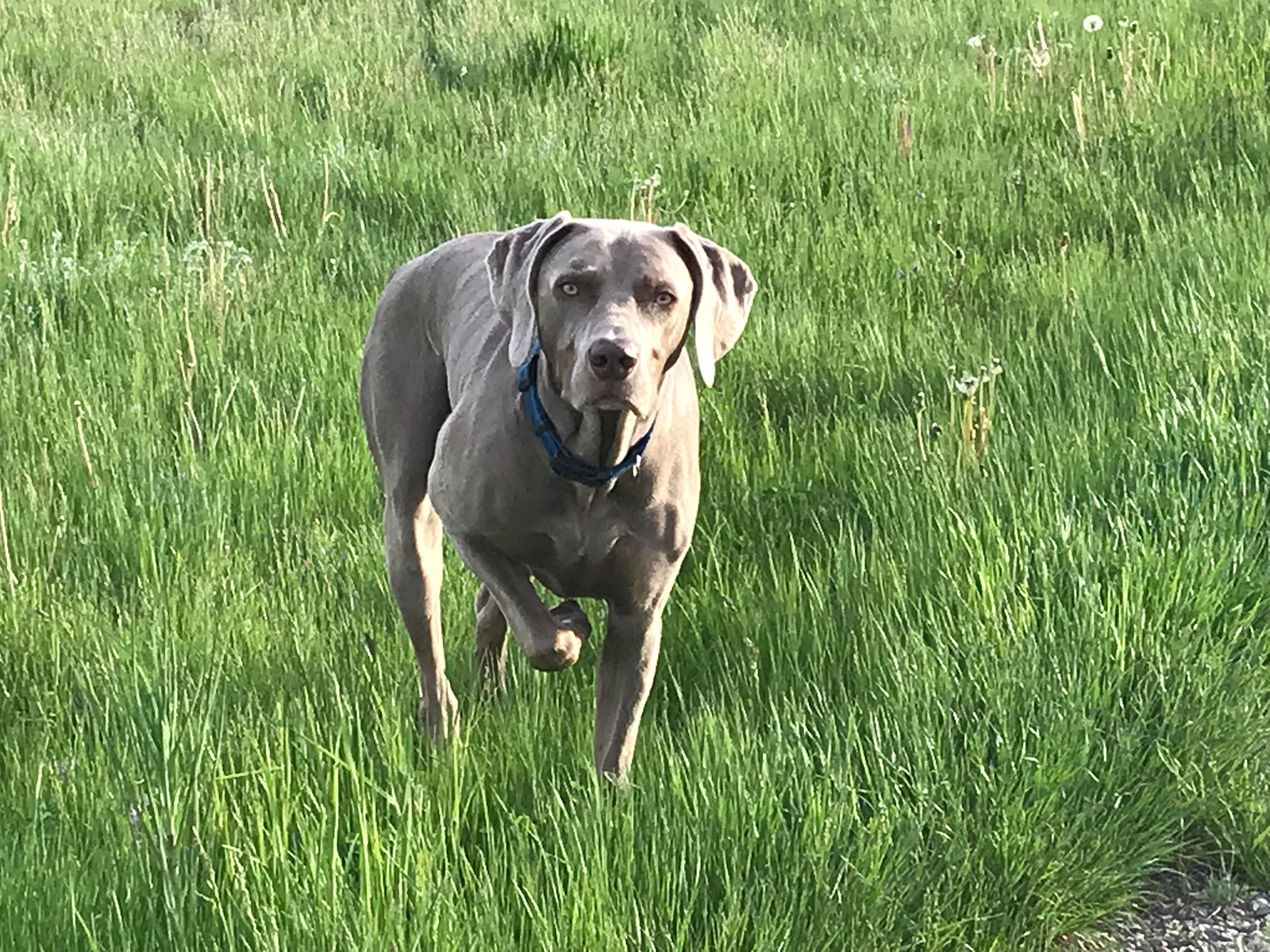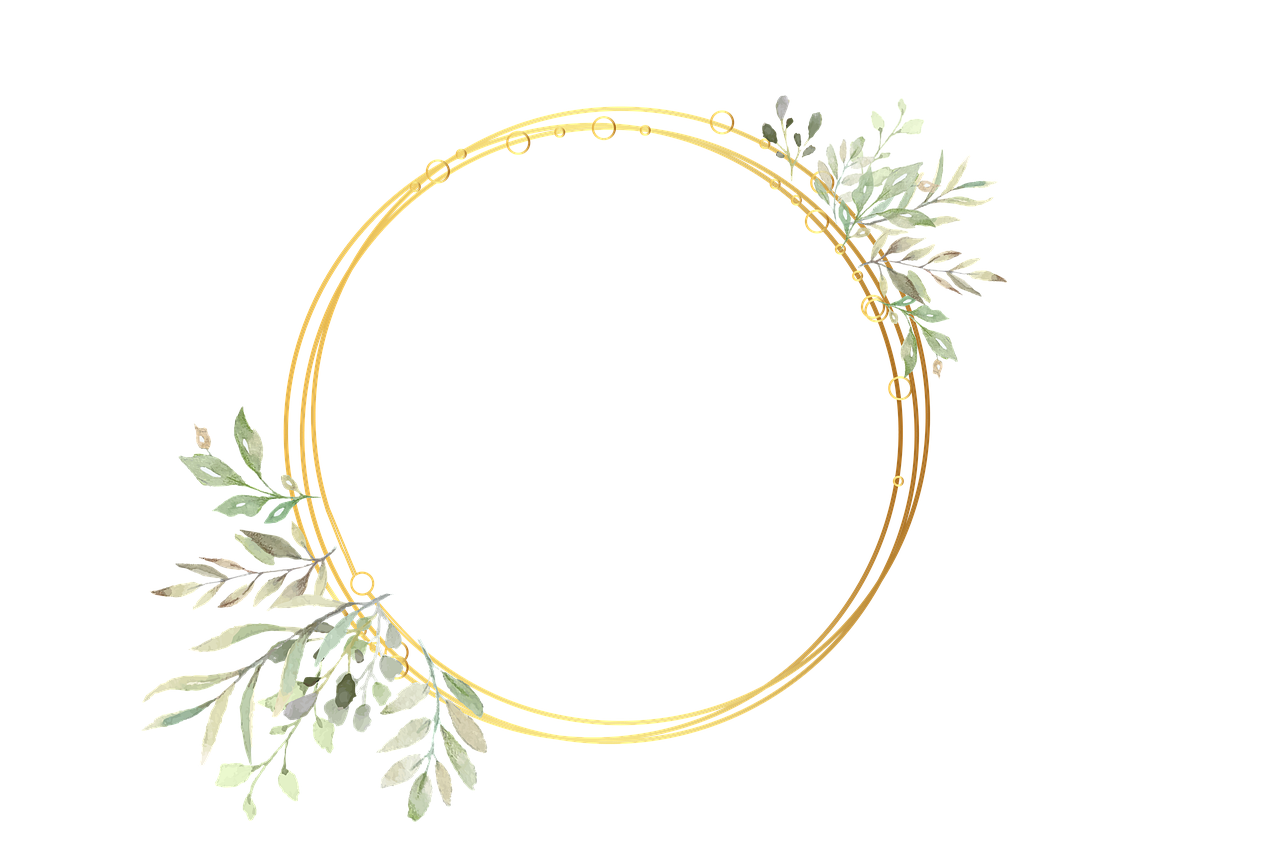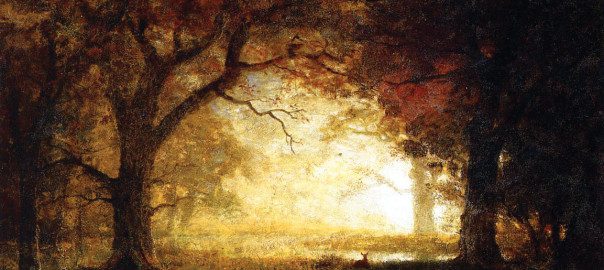This has been a big season for books.
You’ve undoubtedly caught wind by now of the Sporting Classics book on famed outdoor illustrator (and Hemingway pal) Lynn Bogue Hunt, Lynn Bogue Hunt: Artist, Angler, Hunter. It just so happens that I scribbled the text for it, and while modesty forbids me from making any claims about the quality of the writing, the quality of Hunt’s art speaks for itself. His work expresses the spirit of what was truly a golden age of American field sports, and this book offers by far the most extensive selection of Hunt paintings and drawings ever assembled between hard covers. If you don’t find yourself savoring and enjoying it for many years to come, the publisher will gladly refund the purchase price.
In Confederate dollars, of course.
Another SC book to which I made a minor contribution (emphasis on minor) is the new anthology The Greatest Quail Hunting Book Ever. Anyone who thrills to the sounds of whirring wings, barking smoothbores, and the call, always Southern-inflected, of “Dead, dead, dead bird in heah…” will cherish this book. If you’ve never read “The Last Day in the Field” by Caroline Gordon or “The Georgia Breeze” by Dan O’Brien, this is your chance. You may be haunted, but you won’t be disappointed.
Now I want to tell you about a book that I can’t imagine any reader of this magazine not enjoying. It’s called Judy: The Unforgettable Story of a Dog Who Went to War and Became a True Hero. The author is Damien Lewis, “a bestselling military historian,” according to the jacket copy, who makes his home in County Cork, Ireland.
An English pointer whelped in 1936 in Shanghai (which at the time had a large British presence), Judy holds the distinction of being the only non-human combatant officially declared a prisoner-of- war by the Japanese. That alone should tell you something about the esteem in which she was held by her fellow POWs.
Judy, whose formal name was Judy of Sussex, began her “military career” as the mascot on a Royal Navy gunboat patrolling the Yangtze River. Captured in Sumatra along with her crew-mates after their boat was sunk in February 1942 (the first of two sinkings Judy survived), she spent the rest of the war in a succession of POW camps that defined the term “living hell.” It was Judy and the example of her courage, resourcefulness, and indomitable spirit that, as much as anything, gave her fellow prisoners a reason to face the horrors of their existence and fight on.
The men who served with Judy learned very quickly to trust her implicitly, and without reservation. When she began barking, for example, it meant one thing: Danger, in some form or fashion, was approaching. It might be Zeros diving down on their gunboat, tigers prowling the jungle close to where they were working as forced labor, or a surprise inspection by the routinely sadistic prison guards, but it was always something.
Many of these men later said that they owed their lives to Judy; just as many risked their lives, or willingly would have, to safeguard hers.
It’s an inspiring, compelling, and absolutely incredible story. Let me put it this way: While I have no reason to believe that any of it isn’t true, if only half of it were true, it would still be unbelievable. Published by Quercus, Judy is available wherever books are sold.
You’d think that at this point in his storied career Steve Smith would be content to rest on his laurels. And you’d be wrong. He’s just published what might be the best in his long list of books, Woodcock Rising. With the inimitable blend of wit, insight, expansive knowledge, and deep but lightly worn wisdom that has always characterized his work, Steve beautifully chronicles his lifelong love affair with this most beguilingly enigmatic of gamebirds—a journey that will delight anyone who’s had his heart similarly stolen. The chapter on the legendary Gene Hill—a great friend of Steve’s—is worth the purchase price all by itself. To order, go to store.wildadvpress.com. (You can get signed copies there, too.)
Speaking of legends, Ben O. Williams, the Zen Master of upland bird hunting, has come out with a revised and expanded edition of his classic Western Wings. While I miss the Russell Chatham drawings that graced the original, this book remains the definitive work on hunting the birds of the Great Plains— birds as tough and uncompromising as Ben himself. Let me put it as succinctly as I can: When Ben Williams talks, the smart money listens.
 Acclaimed wildlife artist Lynn Bogue Hunt, who illustrated more national magazine covers than any other artist in history, is the focus of a beautiful new coffee-table book from Sporting Classics.
Acclaimed wildlife artist Lynn Bogue Hunt, who illustrated more national magazine covers than any other artist in history, is the focus of a beautiful new coffee-table book from Sporting Classics.
Angler, hunter, and artist, Lynn Bogue Hunt was America’s most popular and prolific outdoor illustrator of the mid-20th century—the “Golden Age” of the American outdoors. He painted a record 106 covers for Field & Stream; illustrated dozens of books on waterfowling, upland bird hunting, and saltwater fishing; designed the 1939-’40 Federal Duck Stamp; and was described by his friend Ernest Hemingway as “the finest painter of game birds that we have in America.”
Lynn Bogue Hunt—Angler, Hunter, Artist showcases the complete collection of Hunt paintings acquired by New Jersey sportsman Paul Vartanian. Not only is it the world’s largest collection of Hunt paintings, drawings, and memorabilia, but the largest and most complete collection of the work of any major sporting artist. Buy Now

